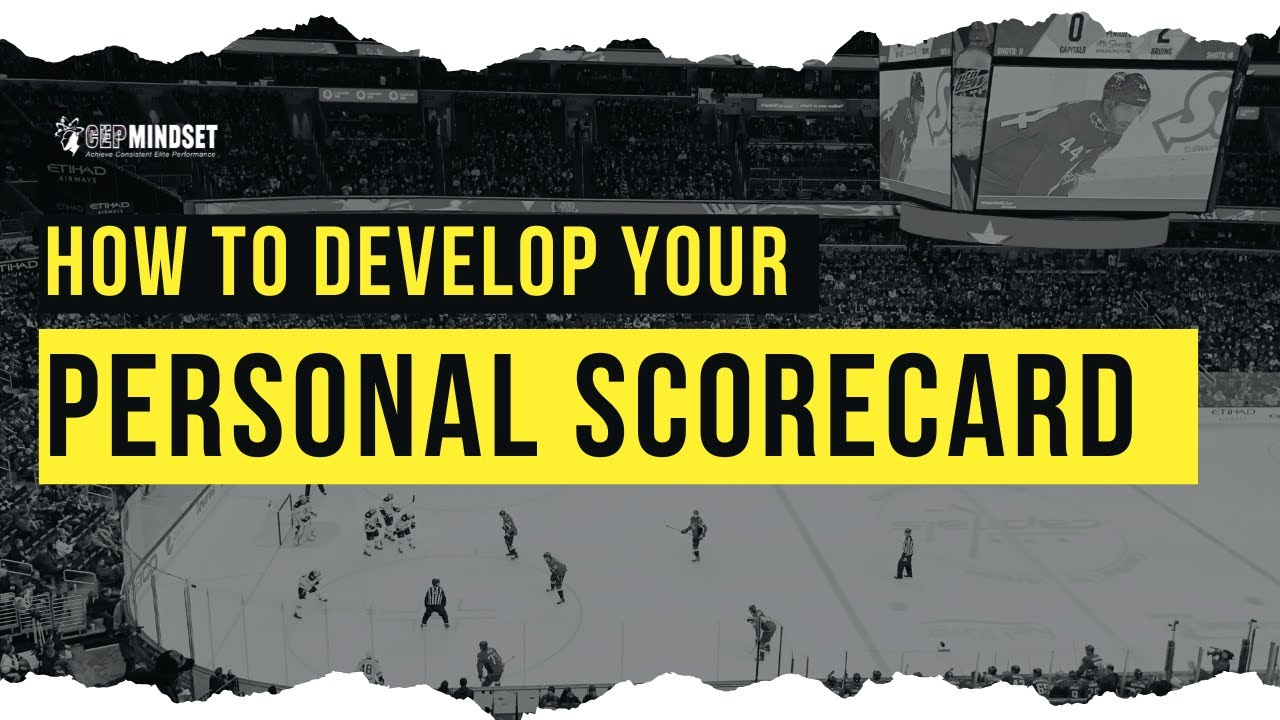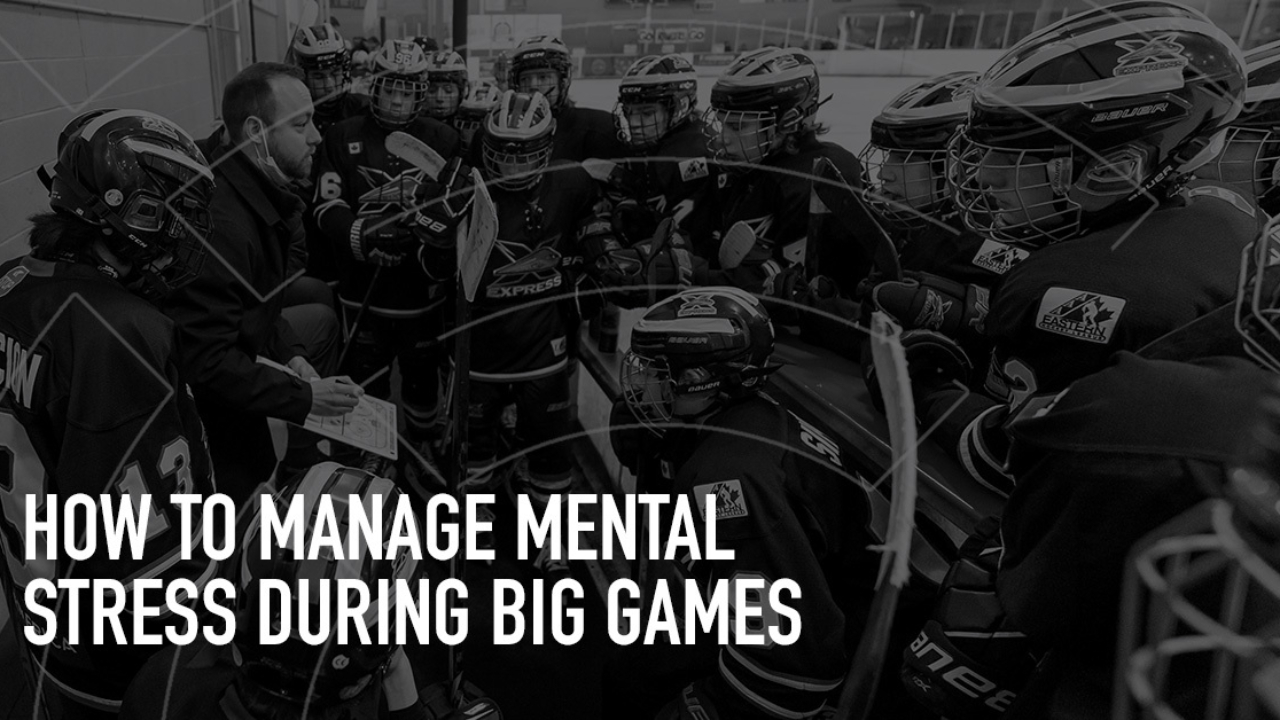
Elite performance comes from being fully immersed in process; It’s what we call being in the moment, dialed in, or in the zone. But the challenge is that the external scoreboards of sport and life can consume our focus and distract our attention from the process.
We all know the cliché, “focus on what you can control,” but the problem is that it is a lot easier said than done. In fact, the root cause for most mental blocks stems from getting caught up in society’s definition of success – the external scoreboards.
For example:
- Struggle with confidence? Then you probably tie your confidence to results.
- Get nervous & tense? Then you are probably worried about results.
- Struggle with resilience? Then you probably beat yourself up after negative results.
To make matters worse, it’s hard to escape the external scoreboards. There are literally massive signs with bright lights in your face all game.
Follow these 3 steps to develop your own personal scorecard and you will learn to focus on the things within your control, be immersed in the process, and achieve Consistent Elite Performance.
STEP 1: What to Score
The key here is clearly identifying what matters to you. These should be highly within your control and meaningful to your performance.
The two main categories you should include are:
- Mental State
- Process
STEP 2: How to Score It
For mental state, we encourage using a percentage based on a contrast.
For example, 70% attack vs. 30% fear mindset.
The goal should be to hit 95%+. This is not about perfection, but doing your best to be fully committed to the mental state that matters to you.
When measuring your process, you can use percentages as well, but the key here is that it depends on the standards you set for yourself. We call this EPS: Executing my Process to my Standard.
We recommend using a three tier system to measure your EPS:
- Well: At or above you standard
- Meh: Close but not at your standard
- No: Not even close and was likely a mental mistake
What most people get wrong here is that they start tracking the result, like successful plays made. This is not what we want to track here.
Instead, it’s about how you actually executed your process. You could execute your process well but get an unlucky result, or execute poorly but get a lucky result.
So on your personal scorecard, we want how you executed your process to your standard, not results.
STEP 3: Get the Most Out of It
All of this can be ruined if you don’t stop checking, let alone obsessing over, your stats or results.
What we look at and focus on matters.
That’s the whole point of the personal scorecard. So you can thwart the main purpose of it if you keep going online and filling your mind with external scoreboards and comparisons.
On the flip side, it’s really helpful to add a column for 5 things you did well each day. This helps keep you focused on the little wins and not overly focused on the mistakes.
You can also use your personal scorecard as a type of checklist to ensure you are using some of your other mental tools or keys to performance:
- 10 Sec Reset Routine
- Detailed Imagery Script
- Getting 9+ hours of Quality Sleep
- Nutrition or any other healthy habits
- Connecting to an Intrinsic Why (i.e., the love of the game)
Your personal scorecard is something you will continue to iterate and adjust. Finding someone you trust to give helpful feedback can greatly improve the impact.
The bottom line and the paradox of the whole thing is:
Your personal scorecard is something you will continue to iterate and adjust – finding someone you trust to give helpful feedback can greatly improve the impact.
The bottom line and the paradox of the whole thing is:
If you follow the above steps and consistently use your personal scorecard, then you will see the results on the external scoreboard – although you shouldn’t be looking!














